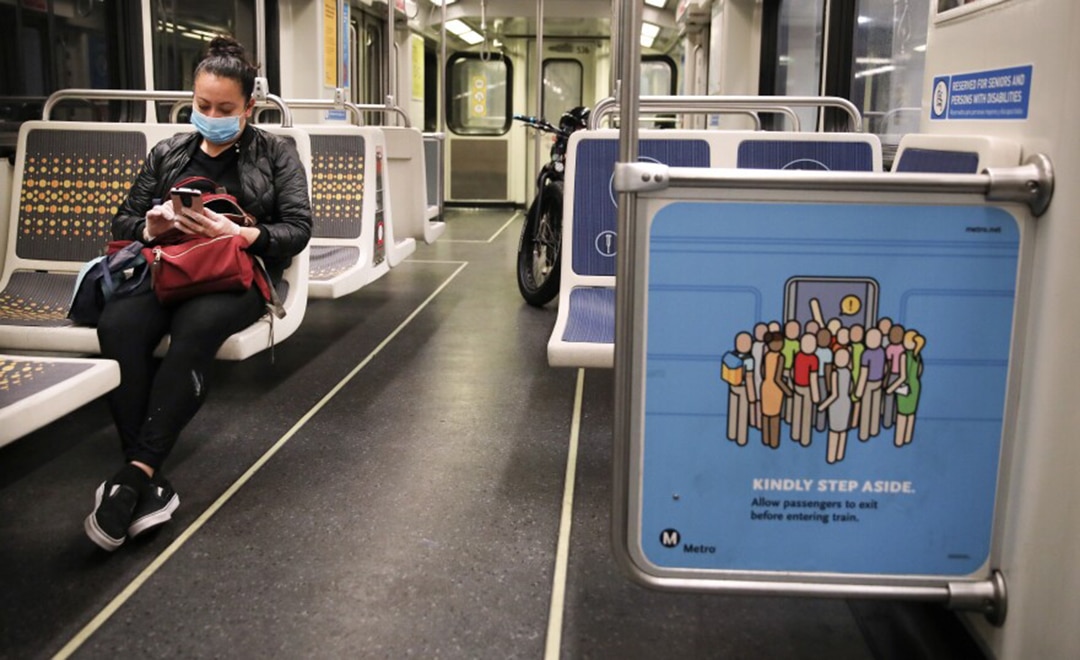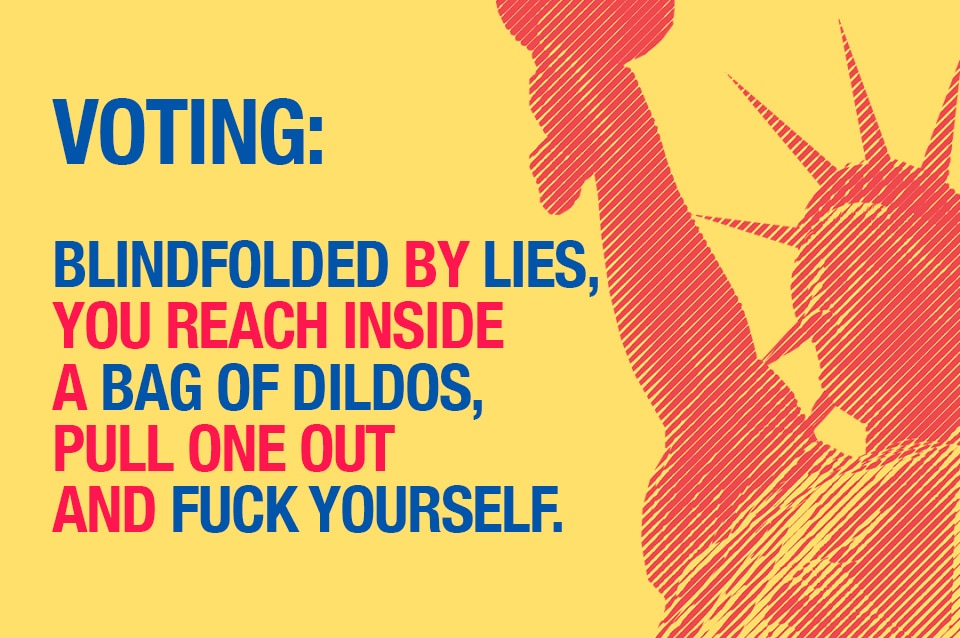

In 2020, Luxembourg became the first country to provide free public transport across its entire territory.
More American Cities Considering Free Public Transportation
by | May 26, 2023
When I was last in New York City, I heard a sadly common display of class privilege when a woman waiting in my chiropractor’s office initiated a rant on the topic of free public transportation. The drift of her gist:
What do these people want? Do they think everything is free? Who do they think pays for it? We’re the ones who do and we already pay too much in taxes.
I wish I could reproduce the sneering tone of voice.
It appears she never got the memo that transportation is subsidized. She would not be able to fly absent government gimmies and recently, serial bailouts.
Nor has she seemed to work out that the servant classes, like cleaning staff and even nurses in hospitals, restaurant workers, housekeepers, and building employees typically depend on public transportation to get to their jobs. More costly and less frequent rides translates into her having to pay more for their time. New York City is about to raise the cost of MTA rides to $2.90. For those in menial jobs who can’t afford a monthly pass, that adds up.
In fact, user fees almost never cover public transportations system operating costs, let alone fully-loaded cost (including reserves for capital expenditures). While the variations are extreme (one system serving Victor Valley area in California collected $300,000 in passenger revenue v. $185 million in expenses), a colleague guesstimated that across the US, customers pay only 20% of public transportation costs.
Free public transportation is a boon to business in other ways. It makes cities more friendly to tourists and lowers the cost of local to make trips to shop.
Despite the prevalent anti-poors sentiment in the US, some cities are warming to the idea of free public transportation. This shift is after a lot of pressure to privatize government services, which has produced fiascoes like a terrible deal by Chicago for the sale of its parking meters and toll roads that routinely get little traffic and go bankrupt. Another instance of hoping to shift more costs to use was the end in 2012 of Seattle’s downtown free ride zone. As critics noted at the time, the change would hit the “poorest of the poor” hardest.
One reason for the change in attitude is climate change. From Wired in 2022:
Road transport makes up a tenth of global carbon dioxide emissions, with soaring fuel prices also putting a squeeze on already stretched household budgets.
This is why cities and countries around the world have been edging toward free fares. Spain is the latest to join the list, offering free train travel on a selection of routes for a few months to relieve pressure on commuters as the cost-of-living crisis bites. Officials in Germany introduced a 9-euro-a-month travel pass, Ireland slashed fares for the first time in 75 years, and Italy doled out a 60-euro, one-off public transport voucher for lower-income workers. Luxembourg and Estonia ditched fares to get commuters out of cars years ago, which is the same motivation for Austria’s 3-euro-a-day Klimaticketfor countrywide transport, launched last year.
Wired points out that it’s not clear if these programs really reduce driving. Increases in ridership in some cases appear significantly due to less walking and bike use.
CNBC in 2020, so before “work from home” became a thing, presented free public transportation as pro-consumer:
According to the U.S. Census Bureau, the average American spends 25.9 minutes a day traveling to work one way — that adds up to just over four hours every week spent in transit for work. They’re spending around 15.9% of their typical budgets on transportation costs, according to the Bureau of Labor Statistics, and married couples with children spend closer to 17.1%. And as more Americans migrate to larger cities, public transportation use is up. Since 1997, public transportation ridership has increased by 21%.
CNBC described some of these programs, such as Kansas City’s:
In December of 2019, Kansas City, Mo., became the first large U.S. city to implement a universal, systemwide fare-free scheme after a unanimous City Council vote. The bus system previously cost travelers $1.50 per ride or $50 for a monthly pass.
The move was a top priority for Kansas City’s recently-elected Mayor Quinton Lucas, who relied on a combination of public and private funds to make his “Zero Fare Transit ″ program a reality. In a recent speech, he detailed that the Kansas City Area Transportation Authority contributed nearly $5 million, and Blue Cross and Blue Shield of Kansas City contributed nearly $1 million to the project.
“Public transportation would allow Kansas Citians to access opportunities for employment and education — which lead to better quality of life and, therefore, better health for our community,” he said.
NonProfit Quarterly devoted a new article to Boston’s “Free the T”. Mayor Michelle ran and won on this idea. Predictably, what’s gotten done so far is effectively means tested, by providing free service on routes that serve poor areas. At least it doesn’t have the usual complex eligibility requirements. From NonProfit Quarterly:
Transportation accounts for 27 percent of US greenhouse gas emissions, the most of any sector. Personal car ownership produces a great deal of other pollution and deaths, and is a serious financial drain on people already struggling to afford basic necessities—particularly given the recent spike in gasoline prices.
Boston Mayor Michelle Wu, elected in November 2021, ran on fare-free public transit (“Free the T”) to improve these transportation issues and the direct burden of daily bus fares. It was a way to get more people out of cars and onto Boston’s Massachusetts Bay Transportation Authority system. Her campaign centered this policy as part of a comprehensive, municipal Green New Deal plan to bring sustainable jobs and much-needed climate and environmental justice to the City of Boston….
Mayor Wu followed through on her campaign’s promise and was granted $8 million in federal stimulus funds through Boston City Council to make MBTA Bus Routes 23, 28, and 29 fare-free for two years from 2022 through 2024. These three routes were chosen because they have some of the highest ridership in the MBTA and serve transit-dependent, lower-income communities of color…..
Mayor Wu’s “Free the T” program is an expansion of a pilot that Acting Mayor Kim Janey had initiated with Route 28 beginning in August 2021. The initial results from the Route 28 pilot were promising, especially in arguably the most important metric: ridership increased by 38 percent (compared to 15 percent for the entire bus system).
The onset of the COVID-19 pandemic caused a massive drop in public transit ridership around the country, and in most places, it has struggled to recover. But thanks to the fare-free program, Route 28’s ridership has returned to 99 percent of its pre-pandemic levels—the largest recovery of any of MBTA’s bus routes. Decreased ridership and disinvestment in public transit is troubling in and of itself. It has the potential to cause a feedback loop of reduced ridership and revenue, leading to reduced routes and service, which further reduces ridership and revenue, and so on—it’s a death spiral. Consequently, recovering and expanding ridership is an important priority for transit agencies..
Free transit can increase ridership not only by lowering costs for riders but also by making service a safer and more efficient experience…In the Route 28 fare-free pilot, dwell time per passenger went down by 20 percent.
Fares also create costs for building, maintaining, and enforcing collection systems. For example, New York City spends hundreds of millions of dollars on police officers to combat fare evasion with its subway system. Given how US policing disproportionately harms Black, Brown, and poor communities, eliminating fare enforcement is not just an economic issue but a racial justice demand….
Washington, DC recently eliminated fares on the Metrobus system while expanding its service, and North Carolina’s Chapel Hill Transit went fare-free 20 years ago and has never looked back. Their ridership more than doubled from 2002 to the onset of COVID-19, reducing pollution and increasing equity simultaneously.
It turns out there were other motives for the Boston free fare experiment. From Wired:
In Boston, an extension of a free fare trial was in part inspired by a $1 billion new ticketing system, Mcarthur says—a serious investment when bus fares bring in only $60 million annually..
One perceived obstacle to making public transportation free in US cities is that for ones with subways, free access would facilitate the homeless taking up residence. Many see bums-as-eyesores as a quality of life problem; some find them threatening and believe vagrancy encourages crime. Whether true or not, negative perceptions would deter some riders.
But the “soft on crime” concern ties in inequities. Again from Wired:
In the US, the divide between the haves and have-nots often falls along racial lines, meaning free fares could support racial equity. But while that’s true on financial grounds, there’s more to the story. As community organizer Destiny Thomas notes, US transit systems “rely on the criminalization of poverty as a primary source of revenue,” with operators issuing significant fines to those who lack the funds to buy a ticket. In 2019, the city council in Washington, DC, voted to slash fines and remove the risk of jail for fare evaders following evidence that nine in ten court summons for failing to have a ticket were given to African Americans. By removing fares entirely, transit operators avoid the risk of discriminatory enforcement.
NonProfit Quarterly ended its piece with a “dare to be great” speech:
Fare-free public transit is a way to decommodify one of life’s basic necessities, start to repair inequities, and take important climate action at the same time. In doing so, it is a policy that can help construct mobilized political constituencies by providing experiential evidence that a better world is indeed possible: a means and an end. This is the premise of the Green New Deal as a concept, and local initiatives like Mayor Wu’s “Free the T” use policy as a foundation to win the imaginative and transformative changes needed to create a habitable planet where everyone can thrive.
Wired closed on a similar note:
But setting aside figures about costs and statistics about ridership, there’s another way to look at it: Public transport should be considered a human right, alongside access to health and education. It’s necessary to life in a city, says Mcarthur. “Public transport is an extremely efficient way to get people around,” she says. “Buses and trains are not only efficient for people who use them, but also people who don’t.”
But what about people in the boonies? Maybe we can start by keeping their Post Offices open.




